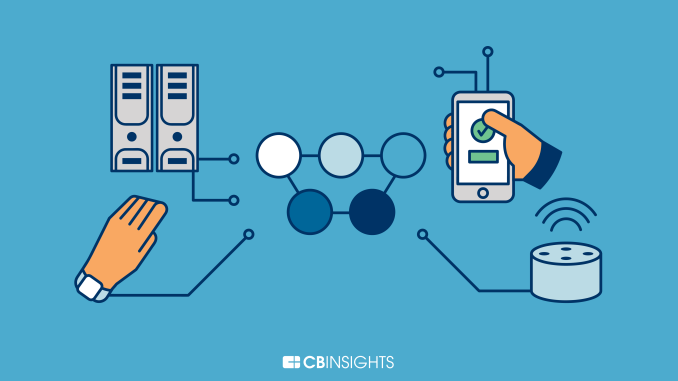
The digital universe is experiencing a seismic shift. With the staggering proliferation of IoT (Internet of Things) devices and the need for real-time data processing, Edge Computing is now gaining unparalleled traction. The transition to this decentralized computing model is reshaping industries and revolutionizing user experiences. Let’s dive into how and why this is happening.
Decentralizing Data Processing
In the traditional cloud computing paradigm, data is sent to centralized data centers for processing. With Edge Computing, the action happens closer to the data source—whether it’s a smartphone, a security camera, or a smart thermostat. This shift cuts down on latency and accelerates response times.
The IoT Explosion
By 2025, experts predict that there will be over 41 billion connected IoT devices globally. This growth creates an insatiable demand for immediate data processing. Edge Computing acts as the panacea, processing data on-site or at the ‘edge’ of the network.
Optimized User Experiences
Faster processing times equate to improved user experiences. Whether it’s AR/VR, autonomous vehicles, or online gaming, real-time data processing ensures smoother interactions and more immersive experiences.
Bandwidth Efficiency
Transmitting vast amounts of data to centralized servers can clog bandwidth. Edge Computing alleviates this by processing much of the data locally, reducing the burden on network resources.
Data Privacy and Security
With data breaches becoming increasingly prevalent, Edge Computing offers an added layer of security. By processing data closer to its source, there’s a reduced risk of interception during transmission.
Industry Transformation
From healthcare with real-time patient monitoring to retail with instant inventory management, industries are leveraging Edge Computing for more efficient operations and improved customer experiences.
The Role of 5G
The rollout of 5G networks complements Edge Computing perfectly. With its low latency and high speeds, 5G enables Edge devices to function at their optimal capacity.
Environmental Benefits
Centralized data centers consume vast amounts of energy. Distributing processing across edge locations can lead to energy savings and a reduced carbon footprint.
Enhanced Reliability
Given that Edge Computing reduces dependency on a centralized server, there’s a lower chance of system-wide failures. Even if one node fails, the others continue to operate seamlessly.
Economic Implications
Businesses can save significantly by adopting Edge Computing. Reduced data transmission costs, optimized infrastructure utilization, and enhanced user experiences can all contribute to a healthier bottom line.
Challenges Ahead
While Edge Computing offers numerous benefits, it’s not without challenges. These include managing dispersed infrastructure, ensuring consistent security measures, and updating numerous devices.
Adoption Across Regions
Emerging markets, where data infrastructure might not be robust, stand to benefit immensely from Edge Computing. It allows them to leapfrog certain infrastructure challenges and tap into the benefits of real-time data processing.
Future Innovations
The future will likely see a convergence of AI, machine learning, and Edge Computing. This union promises innovations that we might not even have envisioned yet.
The Role of Big Players
Tech giants like Google, Amazon, and Microsoft are heavily investing in Edge Computing. Their contributions will inevitably shape the trajectory and capabilities of this technology.
Conclusion
In an era where data is gold, and real-time processing is crucial, Edge Computing emerges as the champion. Its widespread adoption is testament to its efficacy, and as we journey further into the digital age, it’s clear that the Edge will play an integral role in shaping our interconnected world.